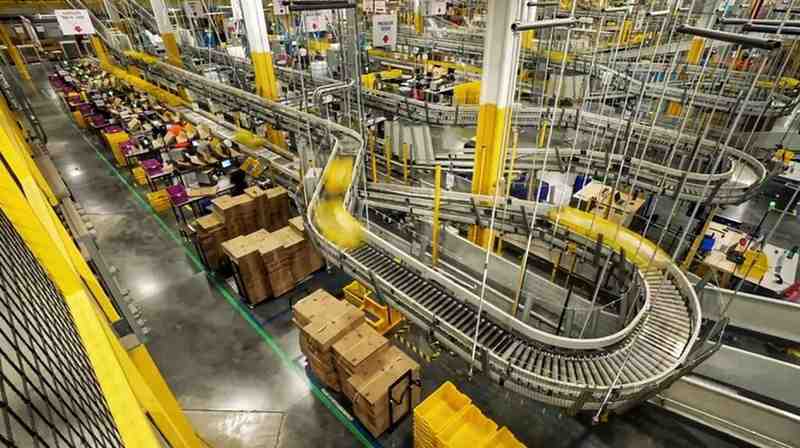WASHINGTON, D.C., USA — A Senate investigation has revealed a concerning link between the pace of work at Amazon warehouses and employee injuries. According to the report, the company dismissed safety recommendations from its own internal studies, prioritizing productivity over worker well-being.
Two internal Amazon studies highlighted by the Senate Committee on Health, Education, Labor, and Pensions identified connections between the speed of task completion and workplace injuries. However, the report claims Amazon rejected many of the proposed changes, citing potential impacts on productivity.
The 160-page report, released Sunday by the committee’s Democratic majority staff, stems from an investigation launched last year by Senator Bernie Sanders. The Vermont Independent, a vocal critic of Amazon and chair of the panel, previously shared preliminary findings in July. The final document, based on interviews with nearly 500 current and former Amazon workers, offers a deeper dive into the company’s safety practices.
Amazon refuted the report on Monday, accusing Sanders of misleading the public. In a blog post, the company called the findings “selective, outdated, and lacking context.”

Internal Studies Highlight Risks, Recommendations Ignored
One of the internal studies, conducted in 2021 and known as Project Elderwand, analyzed the risk of musculoskeletal injuries among workers picking items from robotic shelves. The study found that repetitive movements above 1,940 actions per 10-hour shift increased the likelihood of back injuries. The team recommended mandatory microbreaks for employees exceeding this pace, but Amazon ultimately did not implement the changes, citing “technical reasons” related to the software.
Amazon claimed in its blog post that the pilot program under Project Elderwand failed to show effectiveness, dismissing the proposed interventions.
Another internal study, Project Soteria, conducted in 2020, examined two temporary policies introduced during the COVID-19 pandemic: additional time off and a pause on disciplinary measures for workers not meeting speed quotas. The study found these policies reduced injury risks and recommended their permanent adoption. However, company leaders rejected the suggestion, expressing concerns over potential productivity losses.
The Senate report alleges that Amazon shifted the focus of Project Soteria to find ways to enhance productivity without exacerbating injuries.
Amazon spokesperson Kelly Nantel disputed this account, stating that the company reviewed the findings and determined they were not valid. She pointed to a Washington state worker safety case involving Project Soteria in which a judge ruled in Amazon’s favor. Regulators are currently appealing the decision.
Allegations of Injury Data Manipulation
The report also accuses Amazon of manipulating injury data to present its warehouses as safer than they are. Amazon denied these claims, stating it had provided extensive data and documentation to the Senate committee. However, the committee’s staff said they discovered the two studies through the Washington state case rather than from Amazon directly. The company only disclosed the documents after the committee explicitly requested them.
“It’s unfortunate that the senator chose to ignore the facts and all of this context,” Nantel said in response to the report.
This Senate investigation casts a critical light on Amazon’s approach to workplace safety, reigniting concerns about how one of the world’s largest corporations treats its workforce.
